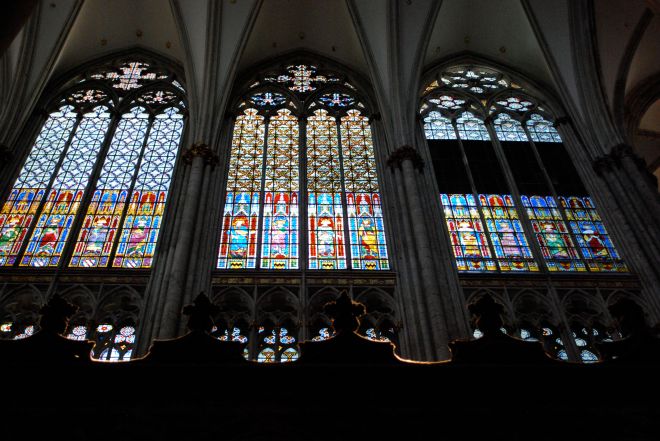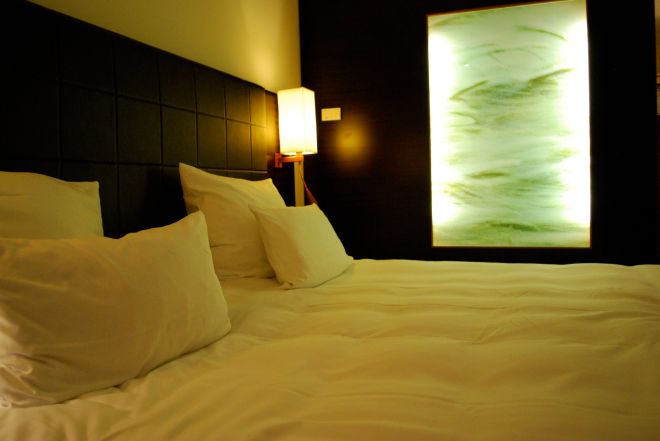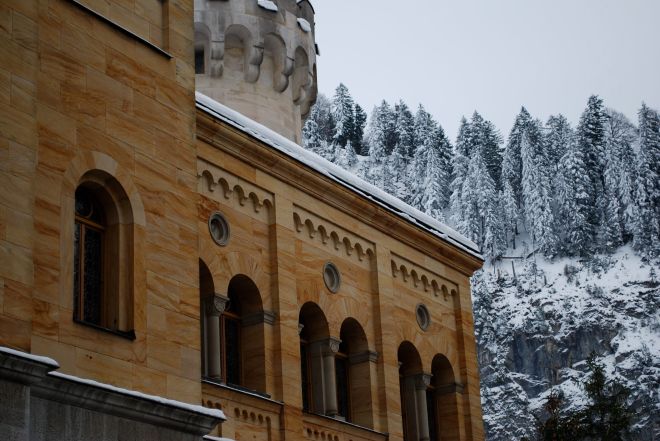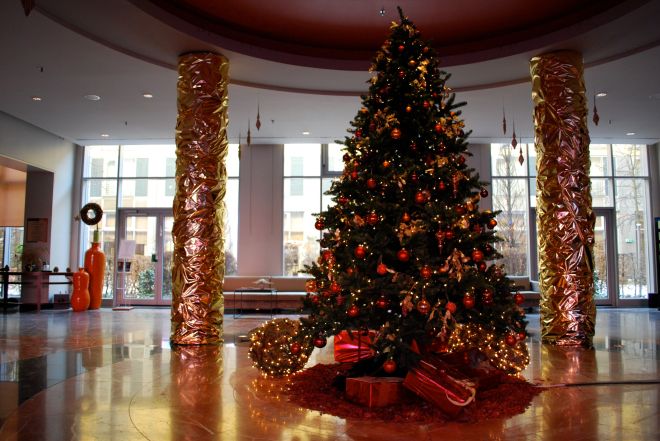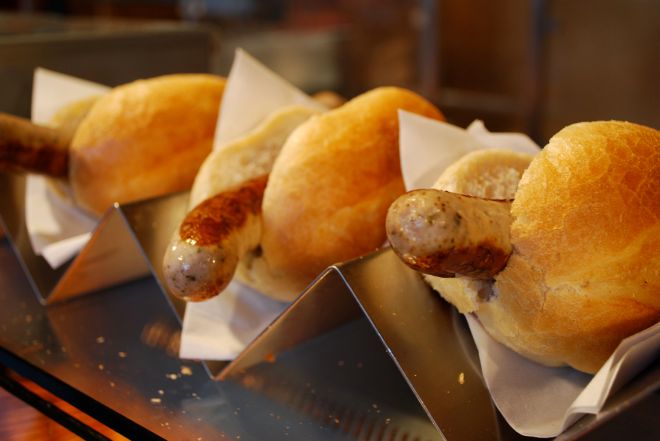Dusseldorf, Germany
Last week, Expedia sent me an urgent e-mail. Apparently, the hotel that I’d booked for our stay in Dusseldorf — the same one that Expedia had confirmed six weeks ago — was closed. A phone call with an apologetic customer service rep offered a “comparable” alternative: the Hilton Garden Inn. This obviously wasn’t going to cut it.
I explained to the rep that rates had all gone up since we had made the booking and “comparable” now would be much more expensive. He said that he understood and wanted to find an agreeable solution. “Where would you like to stay sir?” he asked me. The InterContinental, I replied. “Please hold,” he said.
A few minutes later, he came back on the line. The rate at the InterContinental was $615 per night; but because the mistake had been made by Expedia, the company would cover the difference. And, on top of that, my account would be credited $100 for the inconvenience. Okay.
Flash-forward to this morning, when we arrived in Dusseldorf, the wealthiest city in Germany, which is itself one of the richest countries in Europe. We returned the car at Avis and rolled our bags down the Konigsalle (or “Ko”), a picturesque street lined with every designer shop imaginable and separated by an ornamental canal.
At the InterContinental, we were met by a top-hat wearing doorman who led us into a lobby with a soaring atrium ceiling — beautiful, bright and elegant. This place was all class.




We took the glass elevator up to the ninth floor and took a look down into the lobby before heading to our suite. With zebra wood walls, obscenely high thread-count sheets, a separate living room and sweeping views, this would be the dankest accommodation of the trip.




We hadn’t had breakfast yet so the concierge recommended Bastian’s, a popular brunch spot in Karlplatz. Our first eggs of the trip were perfect — omelets with gouda cheese — and we loved the freshly squeezed orange juice and bread baked on site.
Much of this city was destroyed in the war except for a few buildings in the Altstadt, or Old Town. Through the largely quiet pre-Christmas Eve streets, we made our way there next, scoping out the marketplace and town hall.


From the old Dusseldorf, we walked to the new Dusseldorf — the MedienHafen district. In the 19th century, this area along the Rhine was home mainly to warehouses. Today, it has become a showcase for modern architecture; the most amazing is a cluster of buildings designed by Frank Gehry. The Rhine Tower sits off in the distance.

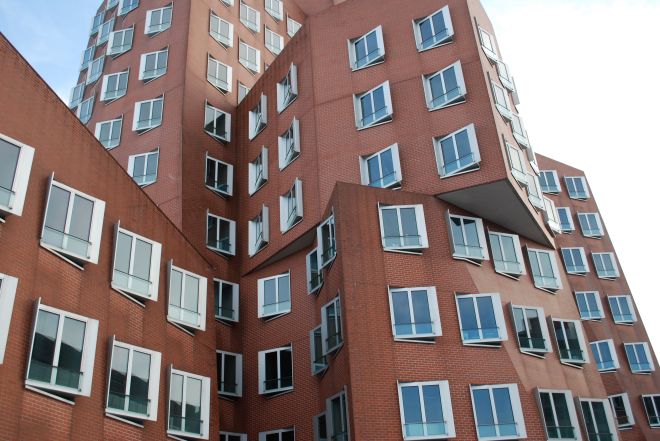




Back at the hotel, we warmed up and then, like good Jews on Christmas Eve, went out for Chinese food at Jin Ling, which was surprisingly good. Back at the hotel, we all wanted ice cream but assumed that every place in the city had to be closed. We rang the concierge who called back 10 minutes later. She had found one restaurant within walking distance that was open and served ice cream.
Kit-Kat McFlurry’s it was.













